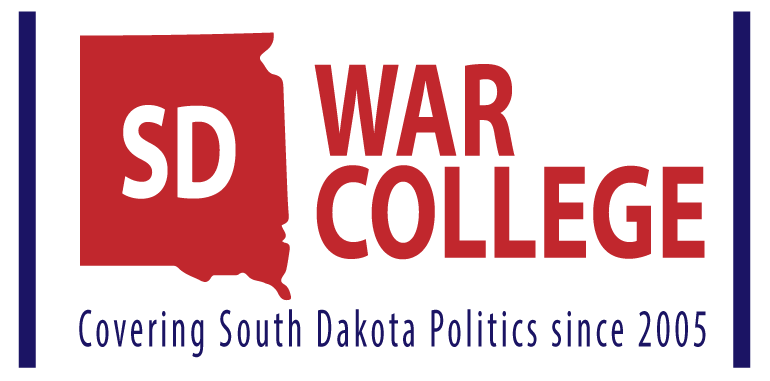Paying teachers more is easy. But paying for it is the ultimate question to be faced.
“If wishes were fishes, we’d all cast nets into the sea.” – borrowed from a Scottish Nursery Rhyme.
There are many people out there who think educators deserve more money in their paychecks. As Bob Mercer writing for the Rapid City Journal notes today, the Blue Ribbon Panel notes that teacher raises are possible. It’s just that pesky part of paying for it which causes headaches:
Teacher raises are possible in the next few years, a state education task force said on Wednesday, but members left out something important: where the money would come from.
Public school teachers in South Dakota might see their salaries increase $8,000 to $10,000 apiece over the course of three to five years under goals discussed by the governor’s Blue Ribbon task force on teachers and students.
But the panel of educators, legislators and businesspeople didn’t specify the tax package to generate the $80 million to $100 million that would be necessary. The members said they hoped to have financial data at the next meeting on Oct. 1.
and…
Where the task force might head in its deliberations on Oct. 1 isn’t clear. Financial information will be brought back, such as estimates of costs and possible sources of tax revenue.
Some members want changes in the state funding formula. Some want efficiency requirements. Some want school boards to face new limits on the amounts of non-obligated cash that they hold. Some want compensation tied to mentoring. Some want property-tax relief. Some want capital-outlay tax levies on property changed.
As noted, there’s no shortage of proposals out there for more revenue. You have everything from Paula Hawks advocating for a state income tax since early in her House tenure, and earlier this year, Republican House member Lee Schoenbeck opined over how a proposed summer tourism tax could fill the gap.
But who out there thinks that – especially in an election year – legislators are going to pass $100 million in new taxes for teacher salaries?
Alternatively, I know Lee’s not afraid to propose bold solutions. But will Paula put her name on the sponsorship line for a state income tax, or is she just a lot of talk now that she’s running for Congress?
Paying teachers more is easy. But paying for it is the ultimate question to be faced.
What are your thoughts? Do we need to do it? And Is it going to take a new tax?


 Thune, Stabenow Praise CMMI Decision to Evaluate Value-Based Insurance Design
Thune, Stabenow Praise CMMI Decision to Evaluate Value-Based Insurance Design Russell Ray Bertram Indicted by Gregory County Grand Jury
Russell Ray Bertram Indicted by Gregory County Grand Jury PIERRE, S.D – Attorney General Marty Jackley announced today that Russell Ray Bertram, 63, Sioux Falls, was indicted yesterday by a Gregory County Grand Jury. Bertram was indicted on one count of first degree murder. The penalty for first degree murder is either death or a mandatory life sentence. Bertram formerly worked as a police officer in Colome and Parker and as Chief of Police in Harrisburg.
PIERRE, S.D – Attorney General Marty Jackley announced today that Russell Ray Bertram, 63, Sioux Falls, was indicted yesterday by a Gregory County Grand Jury. Bertram was indicted on one count of first degree murder. The penalty for first degree murder is either death or a mandatory life sentence. Bertram formerly worked as a police officer in Colome and Parker and as Chief of Police in Harrisburg.